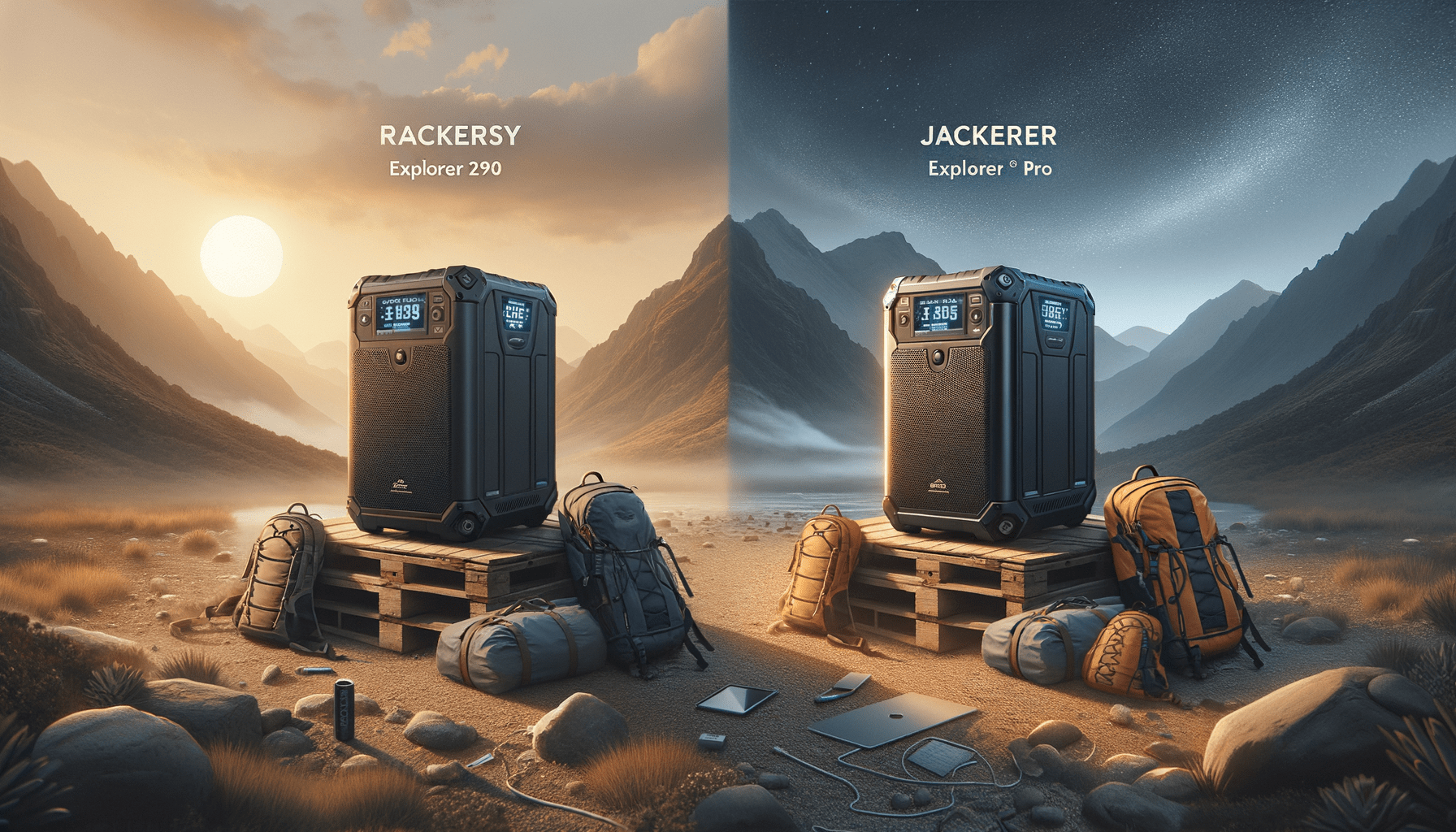When it comes to choosing a reliable portable power station, whether for camping adventures, emergency backups, or off-grid living, two major contenders stand out: the Bluetti EB70S and the BougeRV FORT 1000. Both are designed to provide electricity when traditional sources are unavailable, but they come with different features, capacities, and potential applications. In this technical comparison article, we’ll dive into the specifics of each model to help you decide which power station meets your needs.
Capacity and Power
When evaluating portable power stations, we often start with their capacity and output. The Bluetti EB70S boasts a 716Wh battery with a max output of 800W, while the BougeRV FORT 1000 steps it up with a 1120Wh battery and a max AC output of 1200W. This means if you’re looking to run higher-wattage appliances or devices for longer periods, the BougeRV might be more up your alley.
Battery Life and Efficiency
Battery life is crucial, as it determines how often you’ll need to recharge your station. The LiFePO4 batteries in both units are known for longevity, but the cycle life differs. The EB70S is rated for 2,500+ cycles to 80%, while the FORT 1000 goes beyond with over 3,500 cycles. Not only does this suggest a longer lifespan for the BougeRV, but also potentially better long-term value.
Charging and Recharging
Both units have versatile charging options, including AC adapters, car chargers, and solar panels. However, the Bluetti EB70S offers 200W max input for all its charging methods, making for a recharge time of approximately 4-4.5 hours under optimal conditions. The BougeRV FORT 1000 has a similar max solar input but differs with its USB-C input at 60W max, which may affect how quickly the unit can be recharged depending on your power source.
Portability and Design
The concept of portability goes beyond just weight; it encompasses design and ease of transport too. At 21.4 lb, the EB70S is lighter than the 28.7 lb FORT 1000. This might make the Bluetti more appealing for those who plan on moving their power station frequently. However, the BougeRV’s dual handles offer a different ergonomic advantage for carrying.
Versatility and Usage
Versatility is significant, considering the variety of devices you might wish to power. Both the EB70S and the FORT 1000 have a range of AC, DC, and USB ports, but there are key differences. The EB70S includes wireless charging, which the BougeRV lacks. However, the FORT 1000 boasts a higher total number of USB ports and offers a stronger pure sine wave AC output, making it capable of handling sensitive electronics more effectively.
| Feature | Bluetti EB70S | BougeRV FORT 1000 |
|---|---|---|
| Battery Capacity | 716Wh | 1120Wh |
| AC Output | 800W (Surge 1400W) | 1200W (Surge 2000W) |
| USB-C Port | 2 x 100W Max. | 1 x 60W Max. |
| Life Cycles | 2,500+ to 80% | 3,500+ to 80% |
| Recharge Time (AC/Solar) | ≈4-4.5 Hours | Varies / ≈4-4.5 Hours |
| Wireless Charging | Yes (15W Max.) | No |
| Weight | 21.4lb | 28.7lb |
| Warranty | Not specified | 5+2 Years |
| Price | View on Amazon | View on Amazon |
This comparison makes it clear that choosing between the Bluetti EB70S and the BougeRV FORT 1000 comes down to personal needs and preferences. Would you prefer the EB70S for its lighter weight and inclusion of wireless charging, or does the FORT 1000’s larger capacity and longer lifecycle make it the winner for you?
Final Verdict
In conclusion, both the Bluetti EB70S and the BougeRV FORT 1000 are exceptional portable power stations. They each have their merits, from the EB70S’s portability and fast charging to the FORT 1000’s impressive capacity and extended cycle life. Portability, battery capacity, output options, and your individual power needs should all guide your decision. Consider the technical comparison above, weigh the pros and cons, and pick the power station that best fits into your life’s adventures or preparedness plans.




Leave a Reply